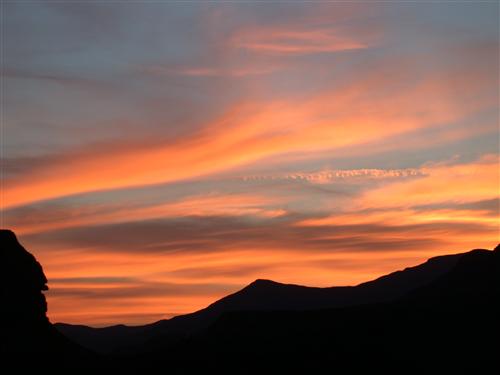The Orange Senqu is the largest river basin south of the Zambezi, covering an area of approximately 1,000,000 km². This transboundary river covers the entire area of Lesotho, a large part of South Africa and southern regions of Botswana and Namibia.The Senqu flows from its source near Thabana Ntlenyana (3 482 m) in the Lesotho highlands (the tenth highest peak in Africa), becomes the Orange River at the Lesotho border, traverses central and western South Africa, forms the southern border of Namibia, and finally joins the Atlantic Ocean near Alexander Bay.
The table below shows the land covered by the basin in the four riparian states of the Orange-Senqu River:
Table : Area and Percentage of the River Basin for the Four Riparian States
|
Country |
Area in each country(km²) |
Percentage of Basin |
|
Botswana |
79,000 |
7.9% |
|
Lesotho |
34,000 |
3.4% |
|
Namibia |
245,000 |
24.5% |
|
South Africa |
642,000 |
64.2% |
|
Total |
1,000,000 |
|
The basin is the most developed trans-boundary river basin in the SADC region, hosting much of the industrially developed parts of Southern Africa, and includes approximately 27 storage dams (Angula 2001:6). The management of water resources in the basin is required to address a host of interrelated issues, such as water quality, supply and pollution control, which will be described in more detail through out the River Basin and Resource Management themes.
This chapter covers the following concepts and materials:

Golden Gate Park, South Africa.
Source:Hughes 2004
( click to enlarge )
